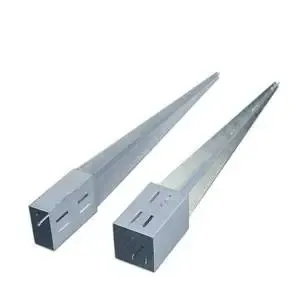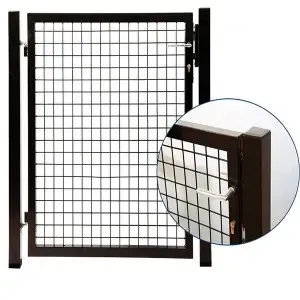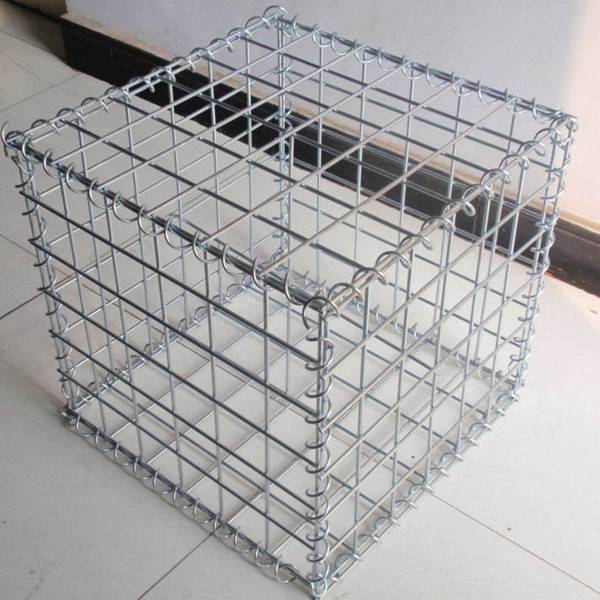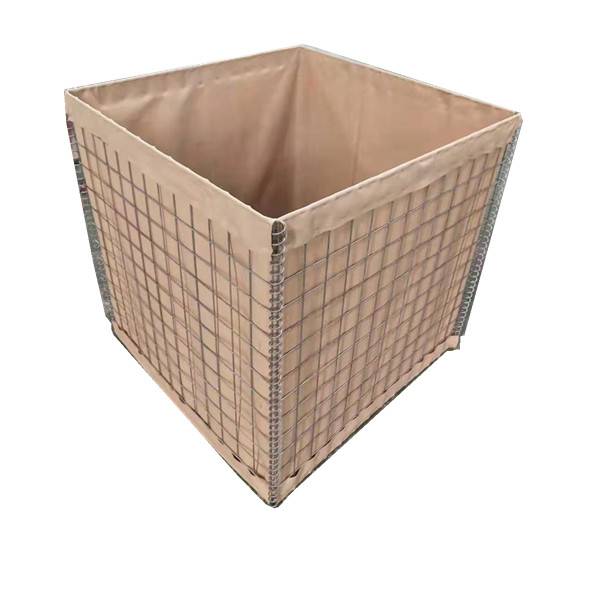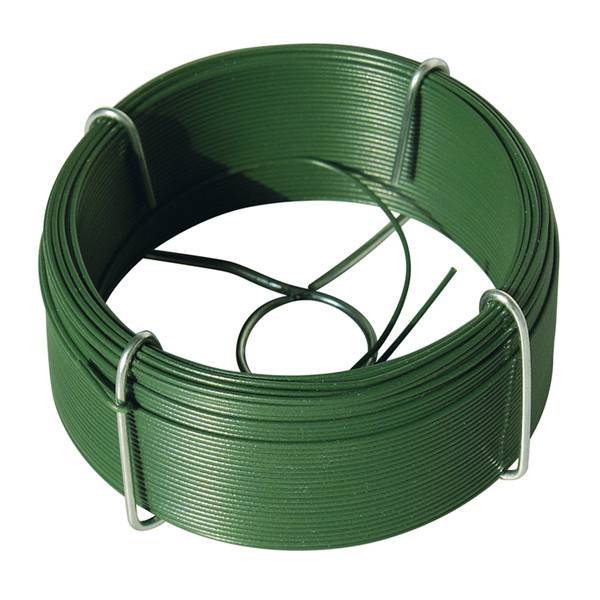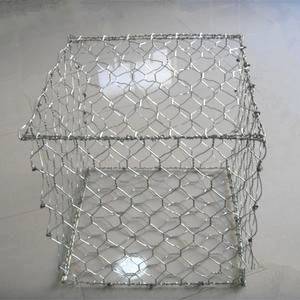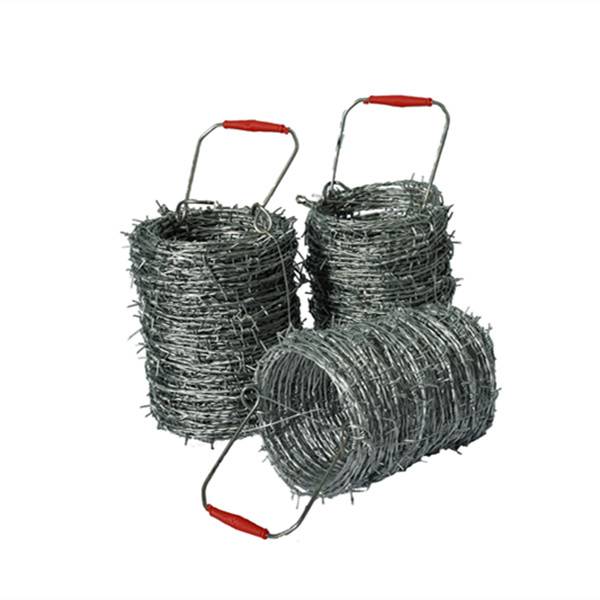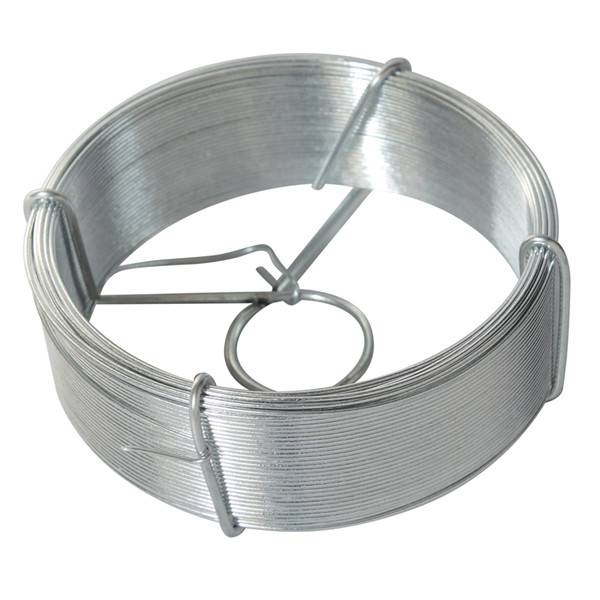
Apr . 15, 2025 14:27 Back to list
Stainless Steel Razor Wire: Modern Choices for Safety Barriers
Stainless steel razor wire, As a modern means of security protection, it has been widely used in various fields due to its excellent physical defense performance and relatively low maintenance costs. Unlike traditional wire mesh and iron thistle, stainless steel razor wire, with its unique material properties and structural design, effectively enhances the level of safety precautions while balancing aesthetics and durability.
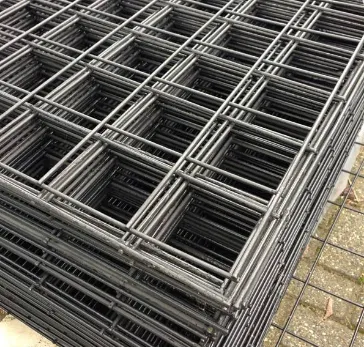
The core advantage of stainless steel razor wire lies in its use of stainless steel material
Stainless steel has excellent corrosion resistance and oxidation resistance, which enables it to maintain good performance in various harsh environments. This means that compared to traditional metal materials that are prone to rusting and corrosion, stainless steel washer wire has a longer service life and lower maintenance costs. This advantage is particularly significant in corrosive environments such as humidity and salt alkali, reducing the frequency of replacement and maintenance and lowering long-term operating costs.
The structural design of stainless steel razor wire is also crucial
Sharp blades are distributed at regular intervals on the network cable, forming an insurmountable physical barrier. The design of this blade usually adopts ergonomic principles, aiming to create deterrence and prevent intrusion, rather than causing fatal injuries. This design provides effective security while avoiding excessive humanitarian disputes.
The application range of stainless steel razor wire is wide
It can be seen from military bases, borders, prisons, warehouses, residential areas, and factories. In military and border defense, it can effectively prevent the invasion of hostile forces. In prisons and warehouses, it can prevent escape and theft. In residential areas and factories, it can play a role in preventing theft and protecting privacy. According to different application scenarios, razor barbed wire can be installed in different ways, such as wall top, floor, spiral, etc., to meet different environmental requirements.
The use of stainless steel razor wire also requires careful consideration of its pros and cons
Its sharp edges provide security, but may also cause accidental injuries. Therefore, during installation and use, it is necessary to strictly comply with safety regulations, set up prominent warning signs, and avoid causing harm to pedestrians and other non target groups. In addition, the aesthetic appeal of razor barbed wire fencing is relatively poor, which may affect the beauty of the surrounding environment. Therefore, when choosing, safety requirements and environmental coordination need to be considered comprehensively.
In summary, as a modern means of safety protection, razor blade barbed wire plays an important role in the field of safety due to its excellent material properties and structural design. Under the premise of correct use and maintenance, it can effectively enhance the level of security prevention and protect the safety of personnel and property. In the future, with the continuous development of technology, the design and application of stainless steel razor wire will also be more perfect, contributing greater strength to the field of security defense.
Stainless Steel Razor Wire FAQs
What is Stainless Steel Razor Wire?
Stainless steel razor wire is a safety protection product made of high-strength stainless steel strip, with sharp edges and a blade like shape. It is usually used for walls, fences, or other protective facilities to prevent intrusion or climbing.
What are the main advantages of stainless steel razor wire?
- High security: The sharp blade design can effectively prevent climbing and intrusion.
- Strong corrosion resistance: Stainless steel material can resist moisture, acidic and alkaline environments, and salt spray corrosion.
- High strength: It has excellent tensile strength and durability.
- Low maintenance: Almost no special maintenance is required, with a long service life.
- Flexible installation: It can be installed on walls, fences, or used independently as needed.
What are the common types of stainless steel razor wires?
- Material type:
304 stainless steel: universal type, suitable for most environments.
316 stainless steel: has stronger corrosion resistance and is suitable for highly corrosive environments (such as coastal areas).
- Structure type:
Single spiral blade barbed wire: Single layer spiral structure, easy to install.
Double helix blade barbed wire: Double helix structure for better protection effect.
Straight blade barbed wire: arranged in a straight line, suitable for specific installation needs.
- Blade type:
BTO blade: The blade is shorter and suitable for moderate safety requirements.
CBT blade: The blade is longer and suitable for high safety requirements.
- Surface treatment:
Bright surface: Smooth and reflective, with high aesthetic appeal.
Brushed surface: Matte effect, more textured.
How to choose a suitable stainless steel razor wire?
When making a choice, the following factors should be considered:
- Operating environment: 304 stainless steel can be selected for ordinary environments, and 316 stainless steel is recommended for high corrosion environments.
- Security requirements: Select blade type (such as BTO or CBT) based on protection level.
- Installation method: Choose single helix, double helix, or straight bar type according to installation requirements.
- Budget: 316 stainless steel is more expensive than 304 and needs to be selected according to the budget.
- Aesthetic requirements: Choose a glossy or brushed surface according to the appearance requirements.
What are the main application areas of stainless steel razor wire?
- Military facilities: used for military bases, border protection, and important facilities.
- Prisons and detention centers: used to prevent prisoners from escaping.
- Industrial zone: used for the protection of factories, warehouses, and substations.
- Residential area: used for safety protection of high-end residences and villas.
- Public places: used for safe isolation in airports, schools, government buildings, and other places.
-
The Versatility and Durability of PVC Coated Wire Mesh
NewsJun.10,2025
-
The Strength and Durability of Galvanized Welded Wire Mesh
NewsJun.10,2025
-
The Ideal Home for Your Pet with a Wire Dog Crate
NewsJun.10,2025
-
Secure Your Property with High-Quality Razor Wire
NewsJun.10,2025
-
PVC Coated Wire-- A Durable Solution for Every Application
NewsJun.10,2025
-
Enhance Your Home’s Entrance with Beautiful Garden Gates
NewsJun.10,2025
Products categories




